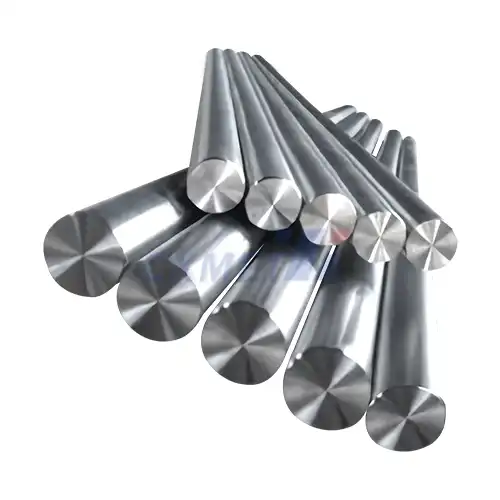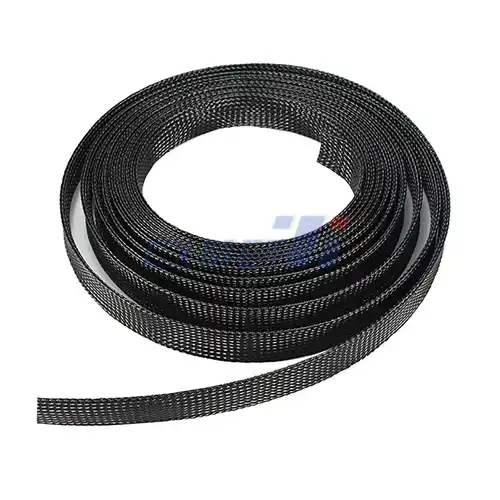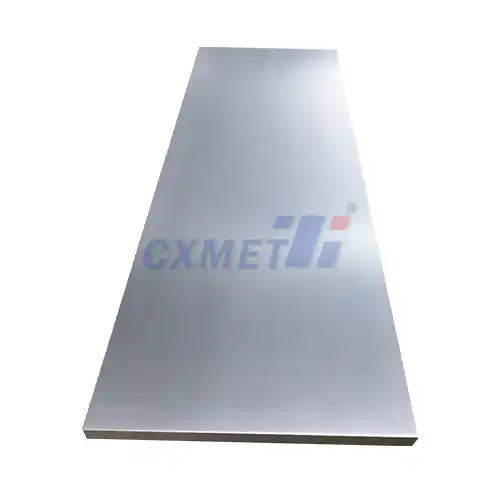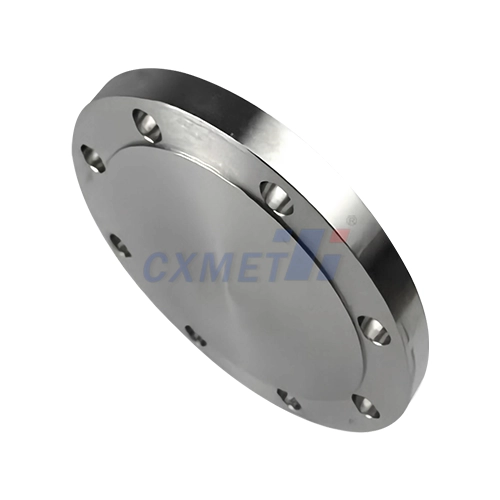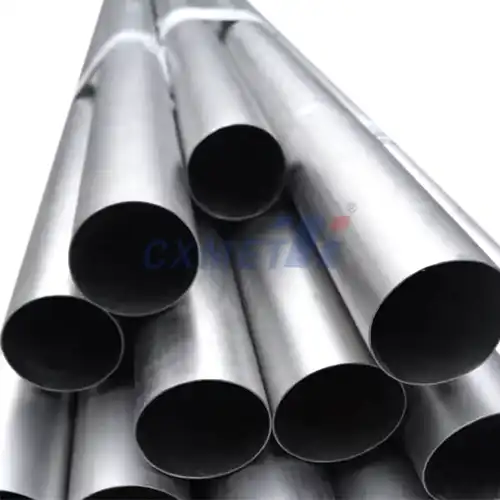- English
- French
- German
- Portuguese
- Spanish
- Russian
- Japanese
- Korean
- Arabic
- Greek
- German
- Turkish
- Italian
- Danish
- Romanian
- Indonesian
- Czech
- Afrikaans
- Swedish
- Polish
- Basque
- Catalan
- Esperanto
- Hindi
- Lao
- Albanian
- Amharic
- Armenian
- Azerbaijani
- Belarusian
- Bengali
- Bosnian
- Bulgarian
- Cebuano
- Chichewa
- Corsican
- Croatian
- Dutch
- Estonian
- Filipino
- Finnish
- Frisian
- Galician
- Georgian
- Gujarati
- Haitian
- Hausa
- Hawaiian
- Hebrew
- Hmong
- Hungarian
- Icelandic
- Igbo
- Javanese
- Kannada
- Kazakh
- Khmer
- Kurdish
- Kyrgyz
- Latin
- Latvian
- Lithuanian
- Luxembou..
- Macedonian
- Malagasy
- Malay
- Malayalam
- Maltese
- Maori
- Marathi
- Mongolian
- Burmese
- Nepali
- Norwegian
- Pashto
- Persian
- Punjabi
- Serbian
- Sesotho
- Sinhala
- Slovak
- Slovenian
- Somali
- Samoan
- Scots Gaelic
- Shona
- Sindhi
- Sundanese
- Swahili
- Tajik
- Tamil
- Telugu
- Thai
- Ukrainian
- Urdu
- Uzbek
- Vietnamese
- Welsh
- Xhosa
- Yiddish
- Yoruba
- Zulu
What are the Challenges Associated With 3D Printing Titanium Alloy Impellers?
2024-08-02 17:51:30
3D printing, also known as additive manufacturing, has revolutionized the production of complex components across various industries. One particularly challenging application is the 3D printing of titanium alloy impellers. Impellers are critical components in pumps, turbines, and other rotating machinery, responsible for accelerating fluid flow. Titanium alloys are prized for their high strength-to-weight ratio, corrosion resistance, and biocompatibility. However, combining the intricate geometry of impellers with the unique properties of titanium alloys presents several challenges in the 3D printing process. This blog post explores these challenges and potential solutions, focusing on three key aspects: material properties, design considerations, and post-processing requirements.
How does titanium powder quality affect 3D printed impeller performance?
The quality of titanium powder used in 3D printing plays a crucial role in determining the final properties and performance of printed impellers. Titanium alloy powders for additive manufacturing must meet stringent requirements in terms of particle size distribution, morphology, and chemical composition to ensure consistent and high-quality prints.
Particle size distribution is particularly important, as it affects the powder's flowability and packing density during the printing process. Ideally, the powder should have a narrow size distribution with spherical particles to promote uniform layering and minimize porosity in the final part. However, achieving this ideal powder morphology can be challenging and costly, as it requires specialized atomization processes.
The chemical composition of the powder must also be carefully controlled to maintain the desired alloy properties. Titanium is highly reactive, especially at high temperatures, and can easily pick up interstitial elements like oxygen, nitrogen, and carbon during the powder production and handling processes. These impurities can significantly alter the mechanical properties of the printed impeller, potentially leading to reduced ductility and fatigue resistance.
Moreover, the powder's reusability is a concern in 3D printing titanium alloy impellers. As the powder is repeatedly exposed to high temperatures and laser energy during the printing process, its properties can change. This may result in variations in the printed parts' quality and performance over time, necessitating frequent powder replacement and increasing production costs.
To address these challenges, manufacturers must implement strict powder quality control measures, including regular chemical analysis, particle size distribution monitoring, and flowability testing. Advanced powder handling and recycling systems can help maintain powder quality throughout the production process, but they add complexity and cost to the overall manufacturing setup.
Research into improving titanium alloy powder production techniques is ongoing, with a focus on developing methods to produce more consistent, high-quality powders at lower costs. This includes exploring alternative atomization techniques and novel alloy compositions that are more suitable for additive manufacturing processes.
What design considerations are necessary for 3D printing complex impeller geometries?
Designing impellers for 3D printing requires a fundamental shift in approach compared to traditional manufacturing methods. While 3D printing offers unprecedented freedom in terms of geometric complexity, it also introduces unique constraints and considerations that must be addressed to ensure printability and optimal performance.
One of the primary design challenges is optimizing the impeller's internal channels and surfaces to minimize the need for support structures during printing. Support structures are necessary to prevent overhanging features from collapsing but can be difficult or impossible to remove from internal passages without compromising the impeller's functionality. Designers must carefully consider the build orientation and employ techniques such as self-supporting angles and gradual transitions to reduce or eliminate the need for internal supports.
Another critical design aspect is accounting for the anisotropic properties inherent in 3D printed parts. The layer-by-layer building process can result in different mechanical properties in the vertical (build) direction compared to the horizontal plane. This anisotropy can affect the impeller's performance and durability, particularly under high-stress conditions. Designers must consider these directional properties when determining the optimal build orientation and may need to adjust the impeller's geometry or internal structure to compensate for these differences.
Thermal management during the printing process is another crucial design consideration. The high energy input required to melt titanium alloy powders can lead to significant thermal stresses and distortions in the printed part. Designers must work closely with process engineers to develop strategies for managing heat distribution and cooling rates throughout the build. This may involve adjusting the impeller's geometry to promote more even heat distribution, incorporating stress-relief features, or designing custom support structures that double as heat sinks.
Surface finish is also a critical factor in impeller design for 3D printing. The layer-by-layer building process inherently produces a stepped surface profile, which can negatively impact the impeller's fluid dynamics and efficiency. While post-processing can improve surface finish to some extent, it's often limited by accessibility to internal passages. Designers must therefore consider strategies to minimize the impact of surface roughness, such as incorporating slightly oversized features that can be finished post-printing or optimizing the build orientation to align layers with the direction of fluid flow where possible.
Lastly, designers must consider the limitations of current 3D printing technologies in terms of minimum feature size and maximum build volume. This may require breaking down large impellers into smaller components that can be printed separately and assembled, or redesigning features to ensure they meet the minimum printable size while maintaining functionality.
What post-processing techniques are required for 3D printed titanium alloy impellers?
Post-processing is a critical step in the production of 3D printed titanium alloy impellers, often requiring as much time and expertise as the printing process itself. The complex geometry of impellers, combined with the unique challenges posed by titanium alloys, necessitates a multi-step post-processing approach to achieve the required mechanical properties, dimensional accuracy, and surface finish.
One of the first post-processing steps is stress relief heat treatment. The rapid heating and cooling cycles during the 3D printing process can introduce significant residual stresses in the impeller. These stresses can lead to distortion or even cracking if not properly addressed. Stress relief heat treatment involves carefully heating the printed part to a specific temperature below the material's recrystallization point and holding it for a predetermined time before slowly cooling. This process allows the internal stresses to redistribute and relax, improving the part's dimensional stability and reducing the risk of warpage or failure during subsequent processing or use.
Hot Isostatic Pressing (HIP) is another crucial post-processing technique for 3D printed titanium alloy impellers. HIP involves subjecting the part to high temperature and isostatic gas pressure simultaneously. This process can effectively eliminate internal porosity, which is a common issue in 3D printed parts. By closing these internal voids, HIP significantly improves the impeller's fatigue resistance, ductility, and overall mechanical properties. However, HIP is a time-consuming and expensive process, requiring specialized equipment and careful control of process parameters to avoid unwanted microstructural changes in the titanium alloy.
Surface finishing is perhaps the most challenging aspect of post-processing 3D printed titanium alloy impellers. The as-printed surface roughness is typically unsuitable for high-performance fluid handling applications, necessitating extensive finishing work. Traditional abrasive finishing methods are often limited by the impeller's complex internal geometries, which may be inaccessible to conventional tools. Chemical etching can be used to improve surface finish uniformly, including in internal passages, but must be carefully controlled to avoid over-etching or altering critical dimensions.
Advanced finishing techniques such as abrasive flow machining or electro-chemical polishing are increasingly being employed for 3D printed impellers. These methods can produce excellent surface finishes even in complex internal geometries, but they require specialized equipment and expertise to implement effectively.
Dimensional verification and geometric inspection are critical final steps in the post-processing workflow. 3D printed impellers may deviate from the intended dimensions due to thermal stresses, shrinkage, or other factors during printing and post-processing. Advanced metrology techniques, including computed tomography (CT) scanning, are often necessary to verify the internal geometries of complex impellers. Any deviations must be carefully assessed and, if necessary, corrected through additional machining or rework.
In conclusion, while 3D printing offers unprecedented opportunities for producing complex titanium alloy impellers, it also presents significant challenges throughout the manufacturing process. From ensuring powder quality and optimizing design for additive manufacturing to implementing comprehensive post-processing workflows, each step requires careful consideration and often specialized expertise. As the technology continues to evolve, addressing these challenges will be crucial in fully realizing the potential of 3D printed titanium alloy impellers across various industries.
At SHAANXI CXMET TECHNOLOGY CO., LTD, we take pride in our extensive product range, which caters to diverse customer needs. Our company is equipped with outstanding production and processing capabilities, ensuring the high quality and precision of our products. We are committed to innovation and continuously strive to develop new products, keeping us at the forefront of our industry. With leading technological development capabilities, we are able to adapt and evolve in a rapidly changing market. Furthermore, we offer customized solutions to meet the specific requirements of our clients. If you are interested in our products or wish to learn more about the intricate details of our offerings, please do not hesitate to contact us at sales@cxmet.com. Our team is always ready to assist you.
References:
1. DebRoy, T., Wei, H. L., Zuback, J. S., Mukherjee, T., Elmer, J. W., Milewski, J. O., ... & Zhang, W. (2018). Additive manufacturing of metallic components – Process, structure and properties. Progress in Materials Science, 92, 112-224.
2. Sing, S. L., An, J., Yeong, W. Y., & Wiria, F. E. (2016). Laser and electron-beam powder-bed additive manufacturing of metallic implants: A review on processes, materials and designs. Journal of Orthopaedic Research, 34(3), 369-385.
3. Herzog, D., Seyda, V., Wycisk, E., & Emmelmann, C. (2016). Additive manufacturing of metals. Acta Materialia, 117, 371-392.
4. Hann, B., Strauß, J., & Schmid, M. (2021). Powder quality and manufacturing in L-PBF of Ti-6Al-4V: A review. Progress in Additive Manufacturing, 6(1), 1-24.
5. Yang, L., Hsu, K., Baughman, B., Godfrey, D., Medina, F., Menon, M., & Wiener, S. (2017). Additive Manufacturing of Metals: The Technology, Materials, Design and Production. Springer.
6. Banerjee, D., & Williams, J. C. (2013). Perspectives on titanium science and technology. Acta Materialia, 61(3), 844-879.
7. Thompson, S. M., Bian, L., Shamsaei, N., & Yadollahi, A. (2015). An overview of Direct Laser Deposition for additive manufacturing; Part I: Transport phenomena, modeling and diagnostics. Additive Manufacturing, 8, 36-62.
8. Leuders, S., Thöne, M., Riemer, A., Niendorf, T., Tröster, T., Richard, H. A., & Maier, H. J. (2013). On the mechanical behaviour of titanium alloy TiAl6V4 manufactured by selective laser melting: Fatigue resistance and crack growth performance. International Journal of Fatigue, 48, 300-307.
9. Tofail, S. A., Koumoulos, E. P., Bandyopadhyay, A., Bose, S., O'Donoghue, L., & Charitidis, C. (2018). Additive manufacturing: scientific and technological challenges, market uptake and opportunities. Materials Today, 21(1), 22-37.
10. Froes, F., & Boyer, R. (2019). Additive Manufacturing for the Aerospace Industry. Elsevier.
